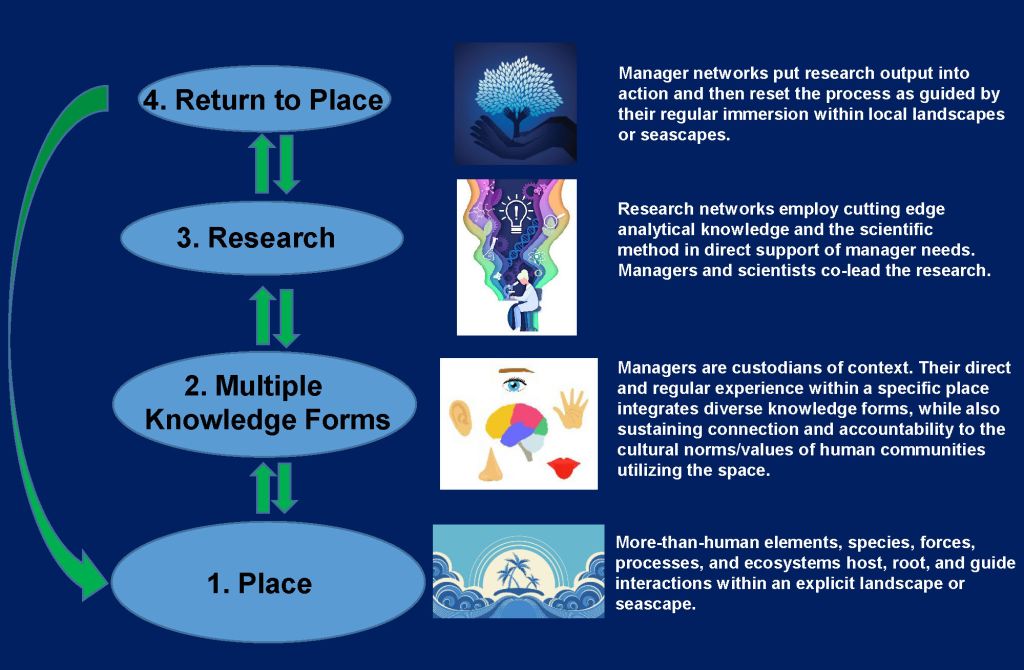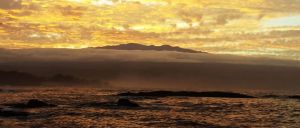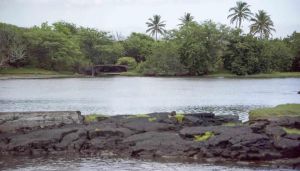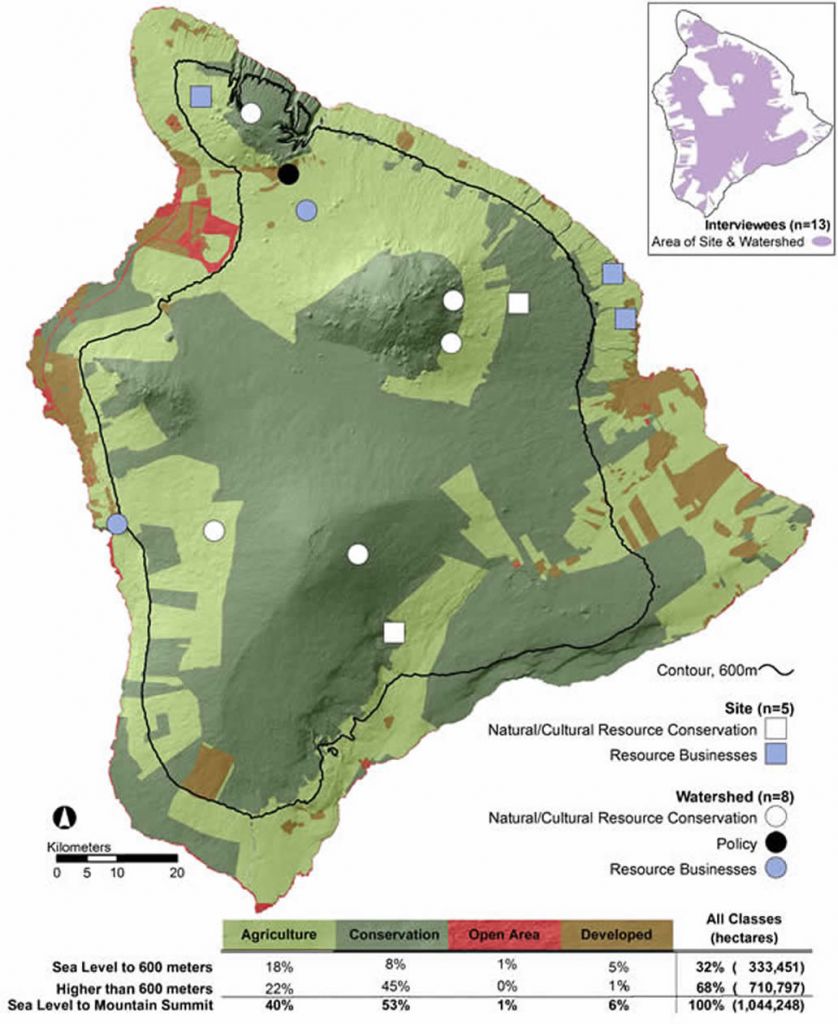A SENSE OF PLACE
“Rooting the process of adaptation in communities allows important communal practices… to be identified and used to facilitate change from within, rather than attempting to force change from without” (Ensor and Berger 2009: 231).
The MCC’s Relational* Approach to Engaging Place, Multiple Knowledge Forms, and Collaborative Research through the Practitioner’s Lens

*for context on “relationality” (a multigenerational, multi-species, multiscalar, and nonlinear view of existence as relational), see Tynan 2021 and Tynan and Bishop 2022 in the References section at the bottom of the page.
The Socio-Ecological Setting of Hawaiʻi Island

From mauka to makai (mountain summit to the sea) Hawaiʻi Island features diverse climates. Such climatic complexity and the archipelago’s isolation drive a uniquely diverse assemblage of ecosystems, species, and endemism across a relatively small area (e.g., barren new lava fields to lush wet forests and alpine tundra). It is, therefore, host to many complex shifts resulting from climate change. Yet after centuries of socio-ecological change, the island has remained resilient due to human adaptation and cultural innovation. This makes Hawaiʻi Island a revealing place to build upon our understanding of contemporary climate shifts while strengthening long standing adaptive capacities to change.
Hawaiʻi Island encompasses 4,024 square miles in the Central Pacific and rises from sea level to nearly 14,000 ft in elevation with five volcanic mountains (see map below). Tradewinds generate rainfall and clouds amid the mountainous topography while interacting with a temperature inversion layer, creating unique climatic

contrast and diversity over short distances and collectively forming an island resembling a continent in miniature (Juvik and Juvik 1998).
Mirroring the ecological diversity, human communities on this rural island are highly place-based, experiencing a wide range of ecosystems and climates, embodying distinct histories of Native Hawaiian and immigrant cultures and home to a diversity of landowners and political arenas (McMillen et al. 2017). Prior to contemporary resource management systems, Native Hawaiians maintained an abundance of biological and cultural resources through the Moku System, which required a deep understanding of the structure and function of the land and seascapes. The Moku System created a mosaic of socio-ecological systems by dividing the islands vertically to address resource management needs and horizontally to manage human population dynamics (Winter et al. 2018). This socio-ecological assemblage (human and “more-than-human” communities) elevates the island as a representative site for other locations globally that are working to be resilient and adaptive under a changing climate (Abram 1996).
Dive Deeper: Climate in the Pacific

Abram D (1996) The spell of the sensuous: language and perception in a more than human world. Random House, Toronto
Ensor J, Berger R (2009) Community-based adaptation and culture in theory and practice. In: Adger WN, Lorenzoni I, O’Brien KL (eds) Adapting to climate change: thresholds, values and governance. Cambridge University Press, Cambridge, pp 227-239
Juvik, S. and J. Juvik. (1998) Atlas of Hawaiʻi. University of Hawaiʻi Press, Honolulu, Hawaiʻi
McMillen H, Ticktin T, Springer HK (2017) The future is behind us: traditional ecological knowledge and resilience over time on Hawai ‘i Island. Regional Environmental Change 17(2): 579-592. DOI 10.1007/s10113-016-1032-1
Tynan L (2021) What is relationality? Indigenous knowledges, practices and responsibilities with kin. Cultural Geographies. 28(4):597-610. doi:10.1177/14744740211029287
Tynan L and Bishop M (2022) Finding perspective through our more-than-human kin. In The Routledge Handbook of Global Development (p. 593-604) Routledge, London. https://doi.org/10.4324/9781003017653
Winter, KB, K Beamer, MB Vaughan, AM Friedlander, MH Kido, AN Whitehead, MKH Akutagawa, N Kurashima, MP Lucas, and B Nyberg (2018) “The Moku System: Managing Biocultural Resources for Abundance within Social-Ecological Regions in Hawaiʻi” Sustainability 10, no. 10: 3554. https://doi.org/10.3390/su10103554
MORE MCC
QUICK LINKS
CONTACT
Scott Laursen
Climate Change Adaptation Extension Specialist
slaursen@hawaii.edu

